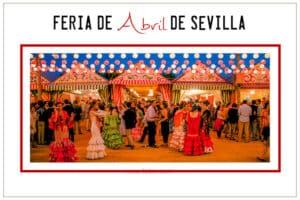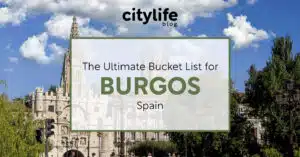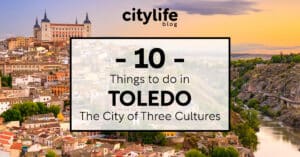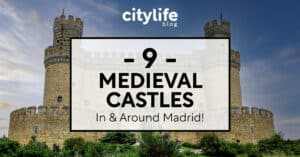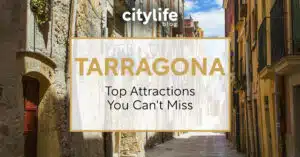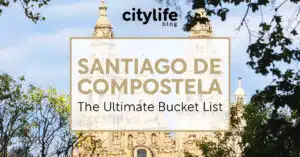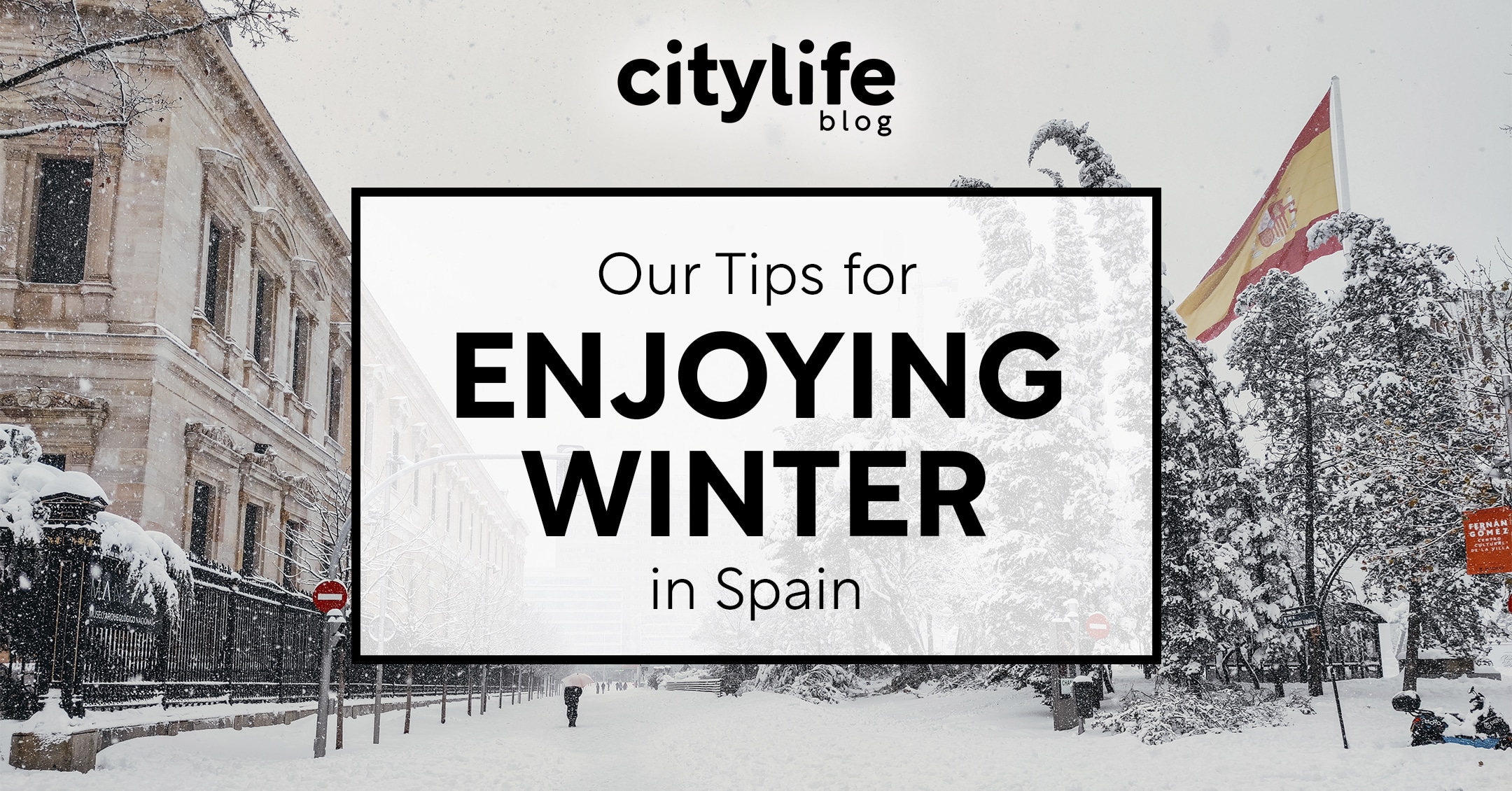
Spanish winter is fast approaching, and the best way to come to terms with the slight drop in weather is to embrace it! It may be inevitable, yes, but knowing how to do winter in Spain the right way is sure to yield more excitement than you think. From holidays to festivals, to sports, vacation spots and more, don’t miss our best tips for braving the cold season in style!
Ski Resort Getaway

Join Citylife for a day of Skiing, snowboarding and après-ski fun on our Snow Escape & Party trip! See our trips calendar for upcoming dates.
In general, people may not really think of Spain when planning a skiing trip, but with 34 resorts and the 2nd most mountainous terrain in Europe, the country as a whole is actually pretty ideal for the sport! Winter in Spain gives us mild temperatures and potent sunshine, which make for perfect skiing weather. From the Catalonian and Aragon Pyrenees mountians, to the Iberian range and the Sierra Nevada, Spain has a lot more top quality skiing locations than you might think!
Enjoying Seasonal Spanish Drinks

As you probably know by now, the Spanish do love their drinks! Winter is the perfect time to enjoy some of the tastiest ones yet. From seasonal alcoholic drinks like a classes Rioja red, Spanish cider, Sherry and cava. To the classics like chocolate caliente and café bombon. In addition to these classics, the Spanish version of mulled wine – Sangría caliente – is becomming increasingly popular with the concept of Christmas markets becoming more popular every year!
Diving Into Spain’s Famous Festivals
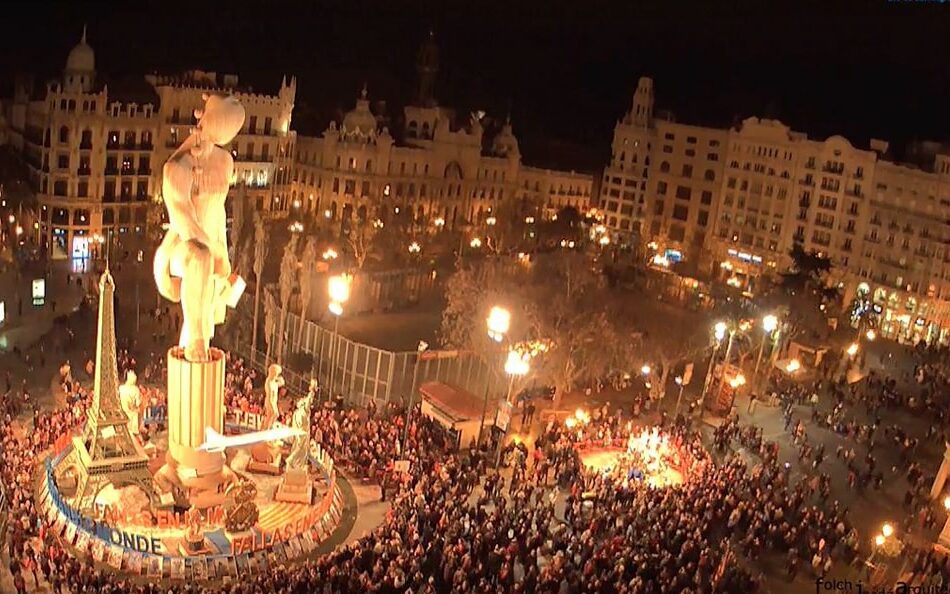
Spain knows how to get through the winter blues with its many amazing festivals and traditions throughout the year! From the obvious Christmas Holiday traditions like Christmas Day and Dia de los Reyes. To wildly exciting events like Nochevieja Universitaria in December which is a special early New Years Eve celebration hosted in the famous student city of Salamanca. Carnival in February which is celebrated country wide with parades, street parties and wild costumes. And Las Fallas in March which is hosted in the coastal town of Valencia and celebrated with more street parties and the famous burning of the fallas.
Taste all the Classic Winter Soups
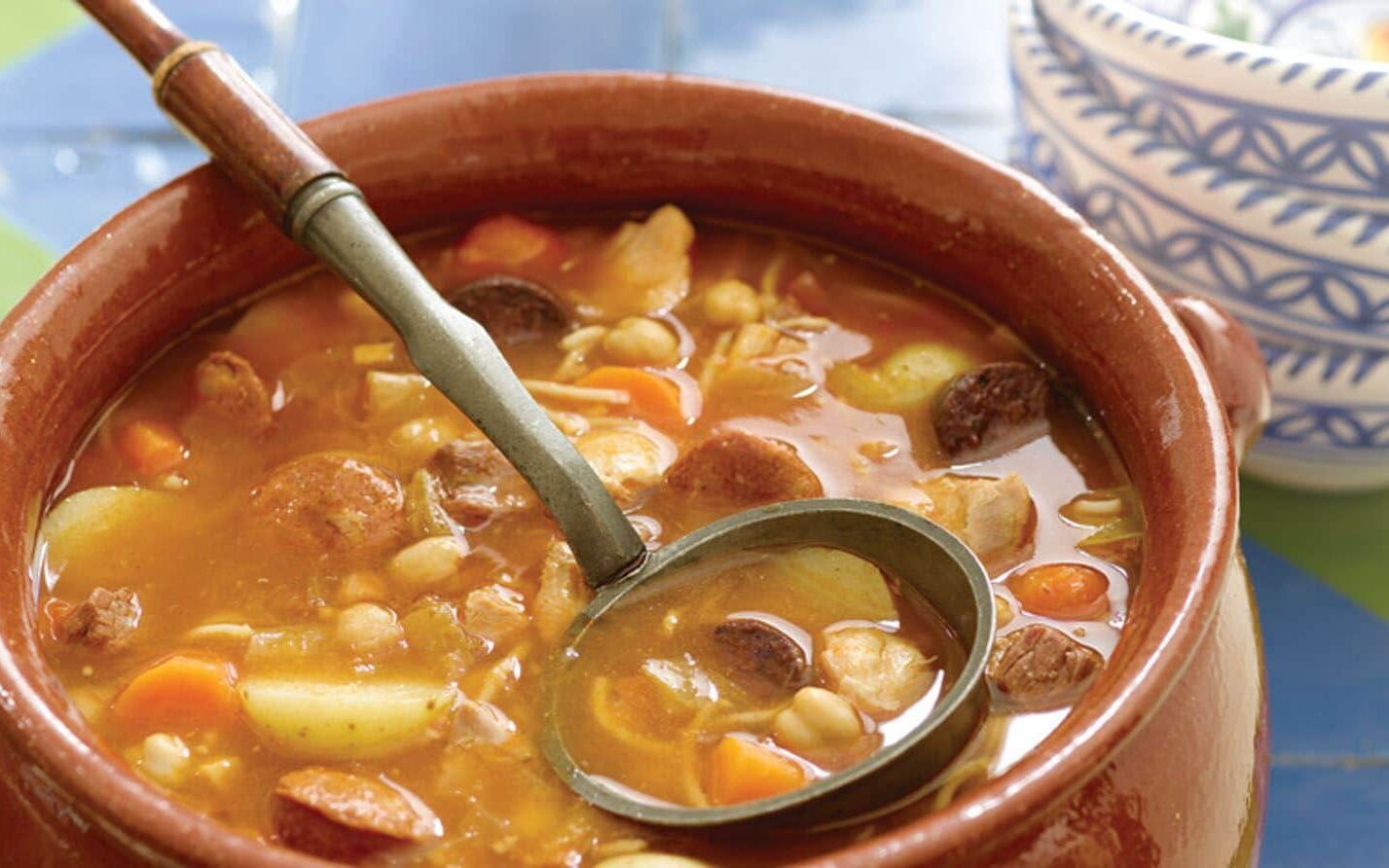
Nothing quite beats eating a delicious soup on a cold winters day. In Spain, you’ll find all kind of delcious Spanish soups and stews that will warm you up from head to toe. From tasty creamy vegetable soups that are popular country-wide. To specialties from Spain’s different regions like Fabada Austriana, Cocido Madrileño and Caldo Gallego. You can even try to complete the famous Ruta de Cocido which includes trying Madrid’s own “Cocido Madrileño” at as many participating resturants as possible!
Escape to the Beach
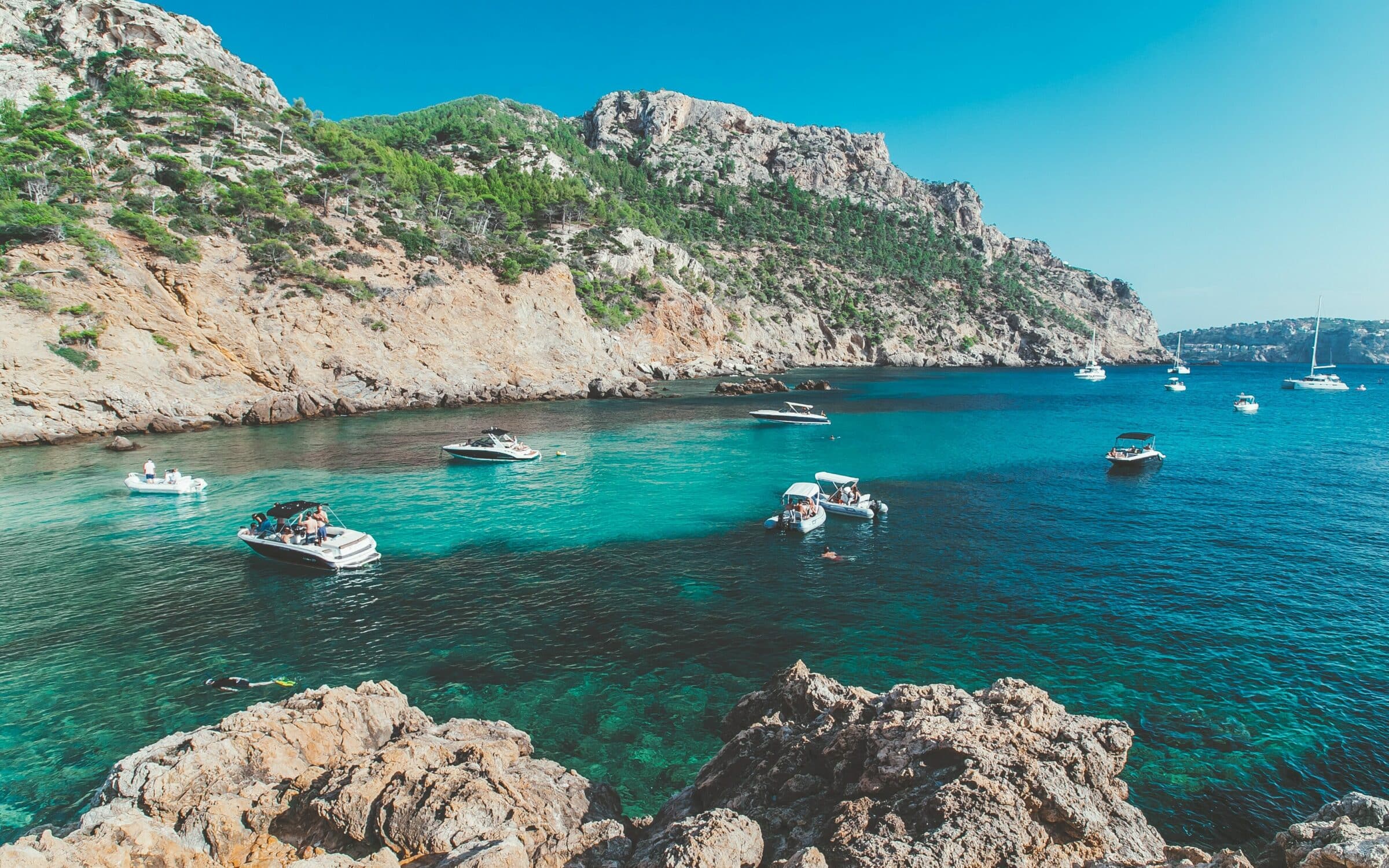
Not a winter person? Don’t worry, because some of Spain’s most popular coastlines and especially their famous island chains remain open into the colder months and are definitely still worth visiting at this time of year! Although the water may not be warm enough for swimming, temperatures average around 20 degrees through the cold months, making perfect exploring weather! Discovering the quaint whitewashed streets, visiting the caves, and sunbathing are all great ways to survive winter in Spain! For those who like to do more than just sightsee, all you active people out there can choose from a bunch of stunning golf courses and breathtaking hiking trails!
Take Advantage of the Winter Sales

Spain is famous for it’s many sales or “rebajas”, but one of the most anticipated season of the year is the winter sales. Just after the hustle and bustle of Christmas season, nearly all major shops in the city will participate in the rebajas season in January. Shops like Mango, Zara, Corte Ingles, Bershka, Oysho, Pull & Bear and dozens more will be slashing prices on a large majority of their inventory in preparation for the spring stock that arrive. So if you happen to be in Spain during the famous rebajas season, make sure you’re ready for shop!

